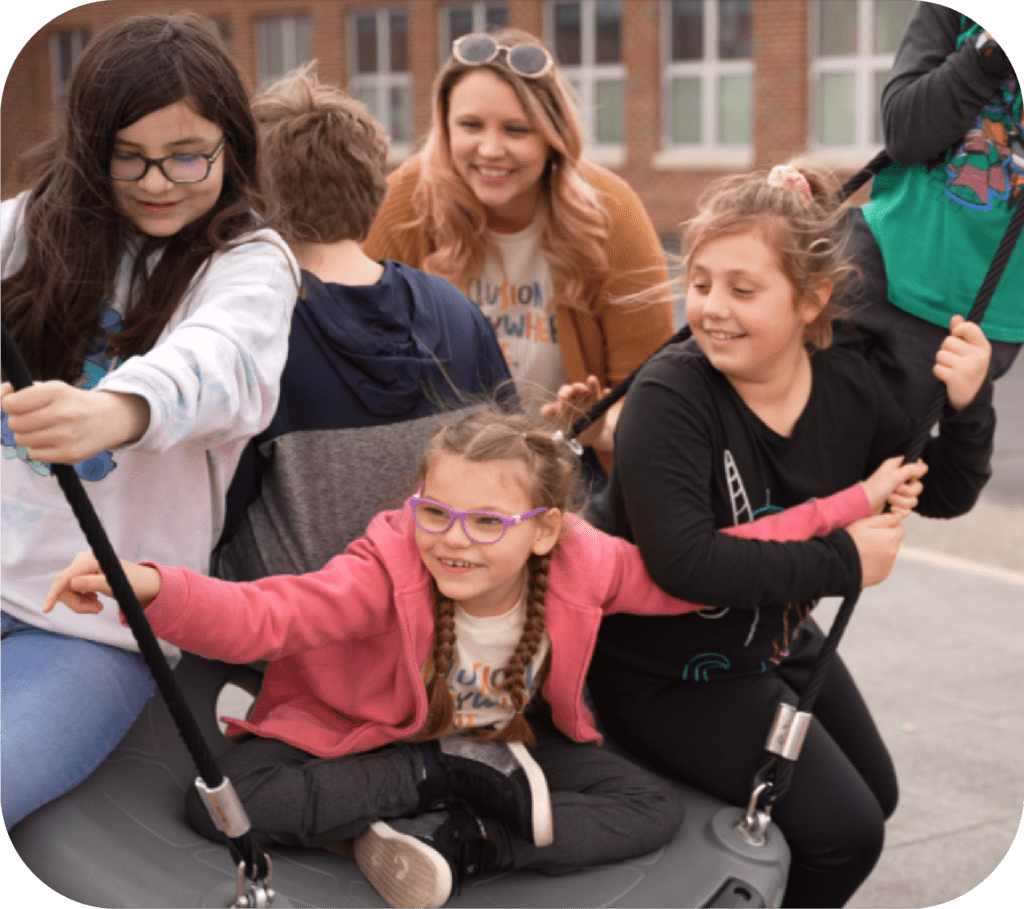January 17, 2023
Ashley Park-Brouse, Redhead in SPED
A new school year brings many feelings for children and families. Some are feelings are positive like excitement, relief, and hope. Some are less positive such as anxiety, fear, and dread. No matter which role you are in, there are steps you can take to support all involved for a smooth transition.
It is challenging to express our worries and hopes in ways that everyone can understand. But, taking small steps each day can create a positive, inclusive experience for all and lead to greater achievement in the classroom.
1. General Education Services Improve Inclusion
When looking at your child’s IEP, take a few minutes to review the service page. The services listed should clearly describe when, where, and how services should be provided.
Depending on your present levels and needs, many services can be provided within the general education setting. Your child may not need to be pulled out of the room.
As your child gets older, pull outs can lead to feelings of embarrassment and inadequacy. This could lead to resenting the services and supports that are there to help them.

2. Accommodation and Supplementary Aids can be Inclusive
Supplementary aids and accommodations should be provided in the general education setting. Occasionally, a separate location is in their best interest due to distractions. It’s okay to be creative and inconspicuous. For example, a teacher can write, star, and stamp the questions your child can access a calculator on. This does not draw attention to the accommodation. There are lots of subtle ways to provide accommodations that don’t draw attention to your child.
3. Inclusion is the Least Restrictive Environment

Your child should take part in the Least Restrictive Environment (LRE) as much as possible. The LRE ensures progress towards IEP goals and objectives as well as life after school.
Students have a right to be with their non-disabled peers. This includes educational and recreational settings. You can learn more about the importance of inclusive playgrounds here.
4. Developing Relationships with Your Child’s Team Improves Inclusion
Developing strong connections with teachers and staff is key to your child’s success. Introducing yourself and sharing your child’s strengths and challenges helps set them up for success. Teachers strive to make connections with all their students. Students and families who have had challenging school experiences may take longer to open up and express their needs. By starting the conversation, you are taking steps to ensure your child is getting what they need. This can help your child feel comfortable building relationships.
Don’t Be Afraid to Ask Questions
When working with your child’s IEP team, don’t be afraid to ask questions about inclusion. While everything is in the IEP, sometimes asking “how many service hours are in the general education setting?” is the quickest way to find your answer and start the conversation.
Questions and conversations lead to creative moments with the team to improve inclusion for your child. Inclusion matters – it leads to a sense of belonging. When students belong, they can achieve even more. If you start with the four simple steps above, you can improve inclusion for your child.

A guest blog post by Redhead in Sped
